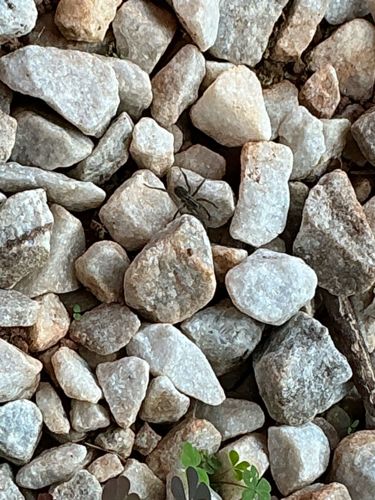Antlion larva (Doodlebug)
Scientific Name: Myrmeleontidae (larvae)
Order & Family: Neuroptera, Myrmeleontidae
Size: Larvae typically 1-2 cm (0.4-0.8 inches) in length; adults can have wingspans up to 10 cm (4 inches).

Natural Habitat
Dry, sandy, or dusty areas, often under overhangs or at the base of walls where the soil is loose and protected from rain. They build conical pits to trap prey.
Diet & Feeding
The larvae are predatory, primarily feeding on ants and other small insects that fall into their sand traps. Adults are typically predatory on small insects or consume pollen and nectar, depending on the species.
Behavior Patterns
Antlion larvae are known for their unique predatory behavior: they dig conical pits in loose soil by flicking sand out with their heads. They then bury themselves at the bottom of the pit, with only their jaws exposed, waiting for prey to fall in. If prey attempts to escape, the larva will flick sand at it to dislodge it back into the pit. Adults are nocturnal and resemble damselflies or dragonflies, though they are weaker fliers.
Risks & Benefits
Antlions pose no risk to humans; they do not bite or sting. They are beneficial as natural predators of ants and other small ground-dwelling insects, helping to control insect populations in their environment.
Identified on: 9/22/2025